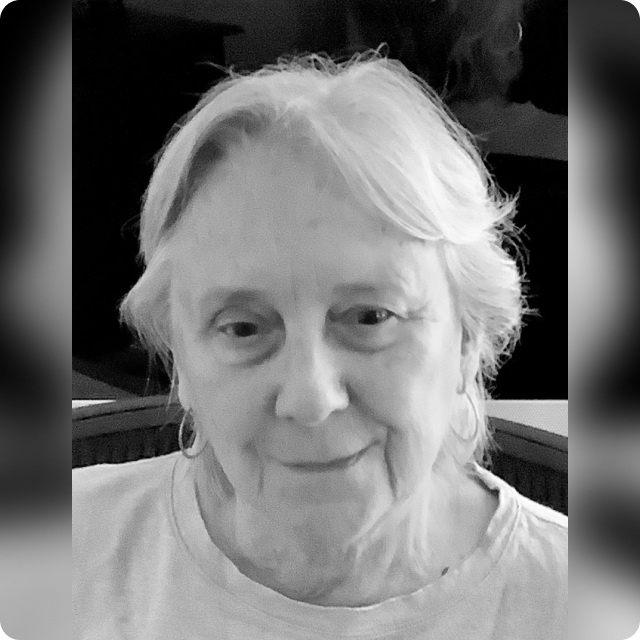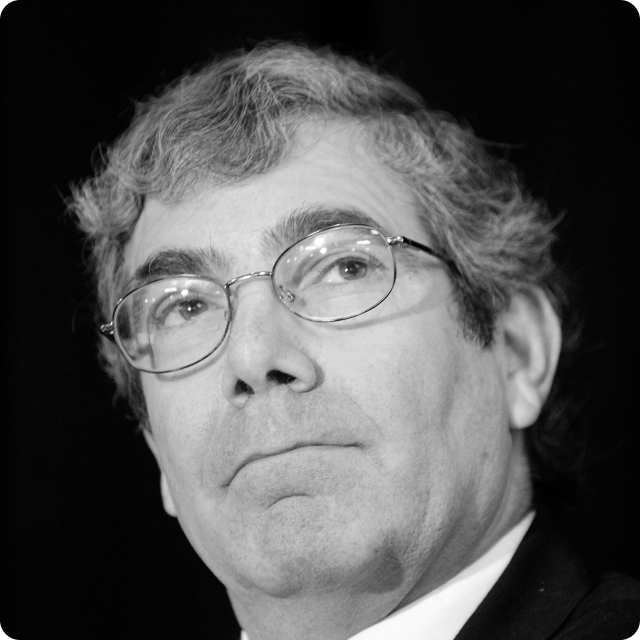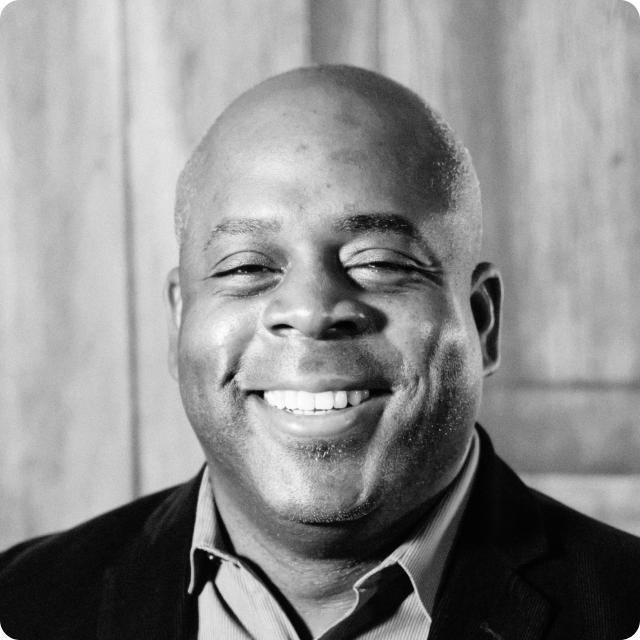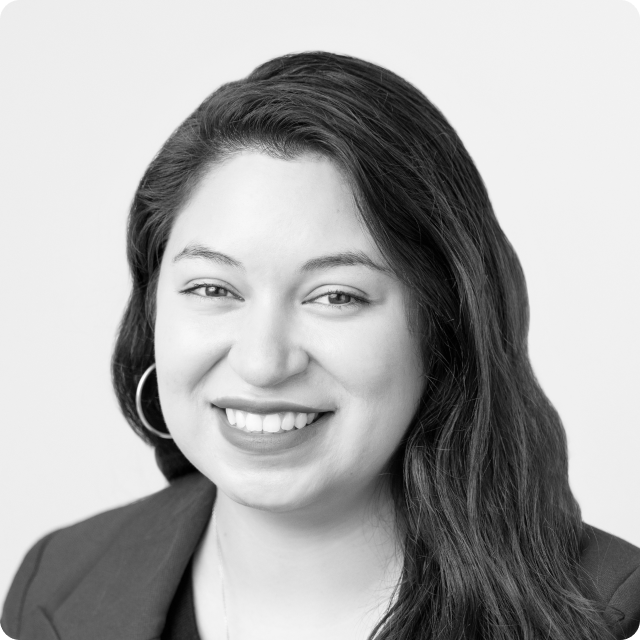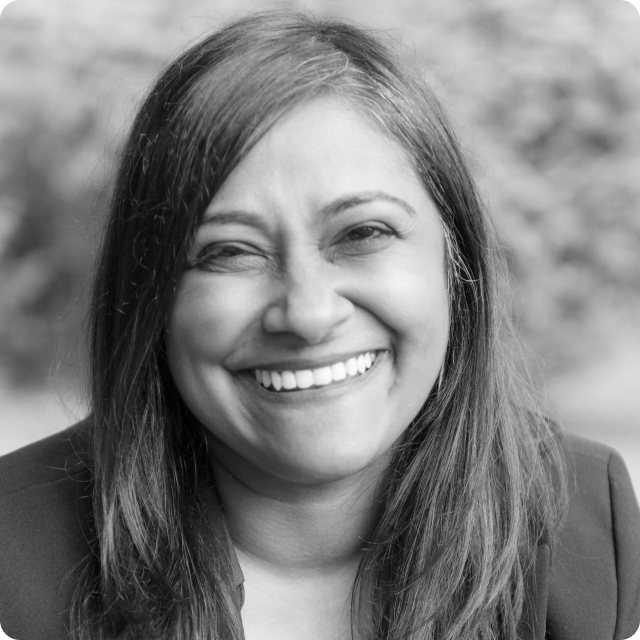On March 6 and 7, 2023, the Roundtable on Population Health Improvement hosted a two-day symposium at the National Academy of Sciences in Washington, DC. The event, Shifting the Nation’s Health Investments to Support Long, Healthy Lives for All, was designed to explore past calls for and the current state of efforts to:
Increase life expectancy
Eliminate excessive health care spending
Invest equitably to create the vital conditions that all people and places need to reach their full potential for health and well-being
The current state was compared both to the past as captured in two National Academies reports published one decade ago – U.S. Health in International Perspective: Shorter Lives, Poorer Health (2013) and For the Public’s Health: Investing in a Healthier Future (2012).
Statements and opinions expressed are those of individual workshop presenters and participants.1

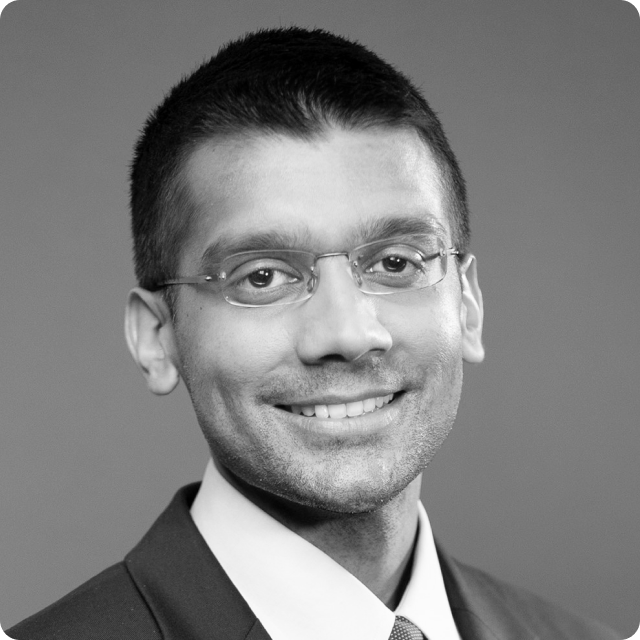

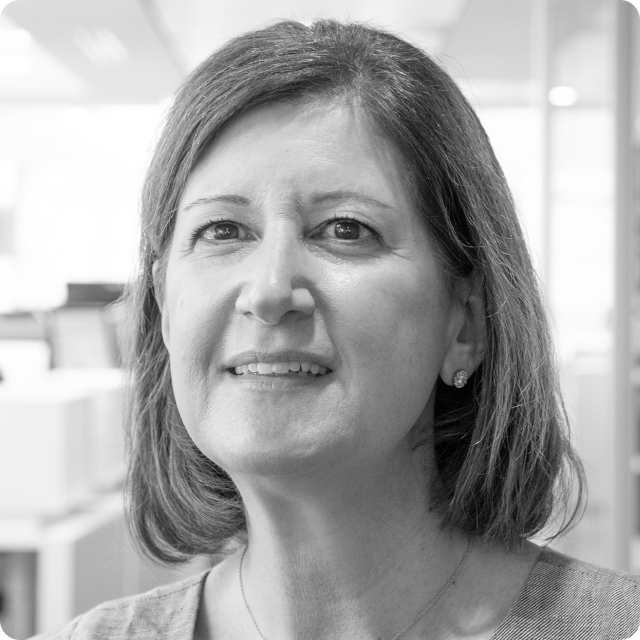 Engaging and Empowering Cities
Engaging and Empowering Cities 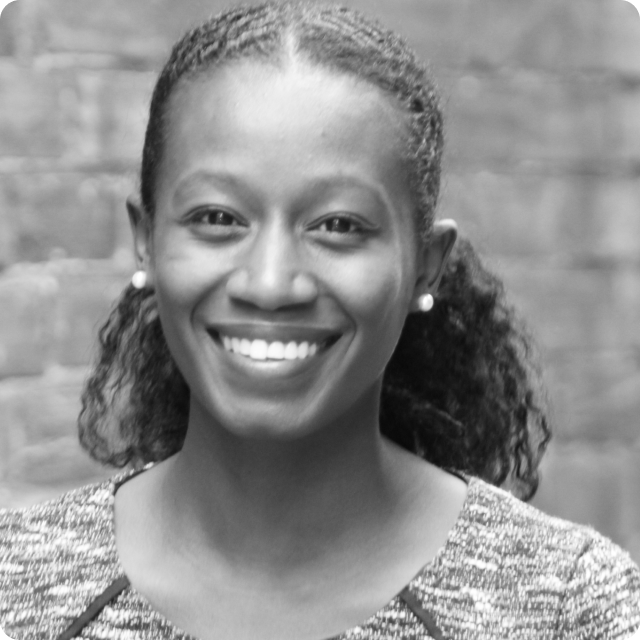 Supporting Families
Supporting Families 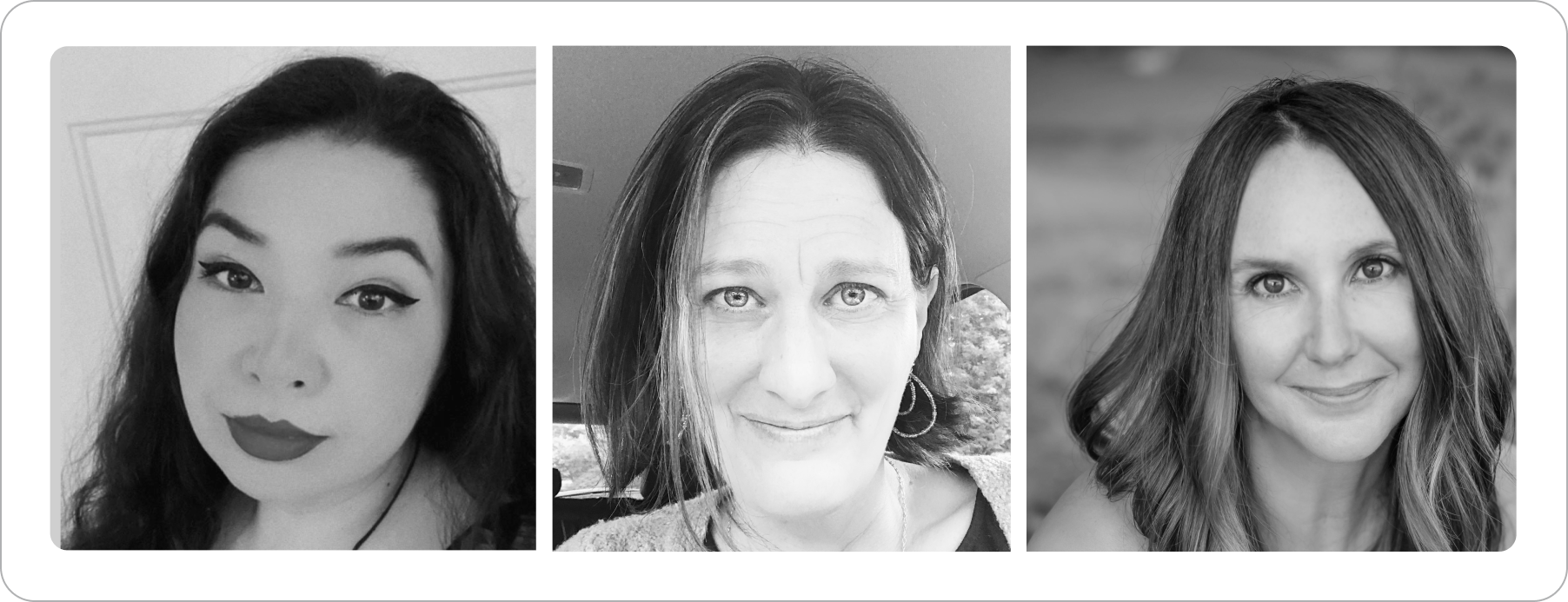 Dismantling Poverty
Dismantling Poverty 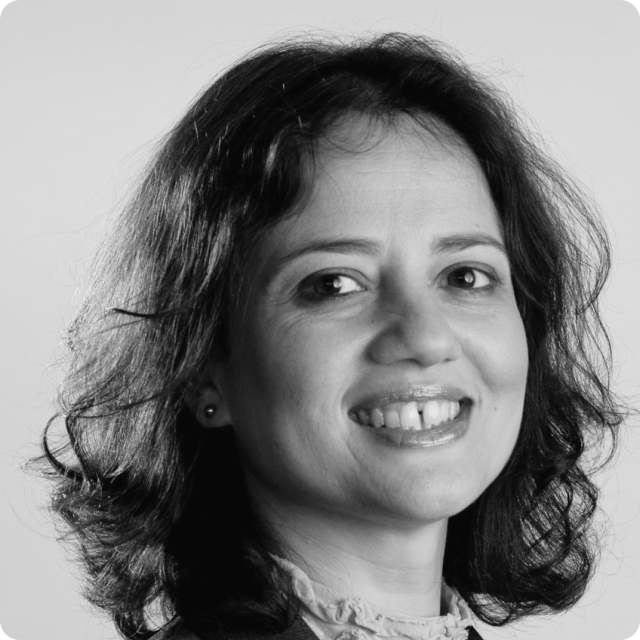 Reweaving the Social Safety Net
Reweaving the Social Safety Net 